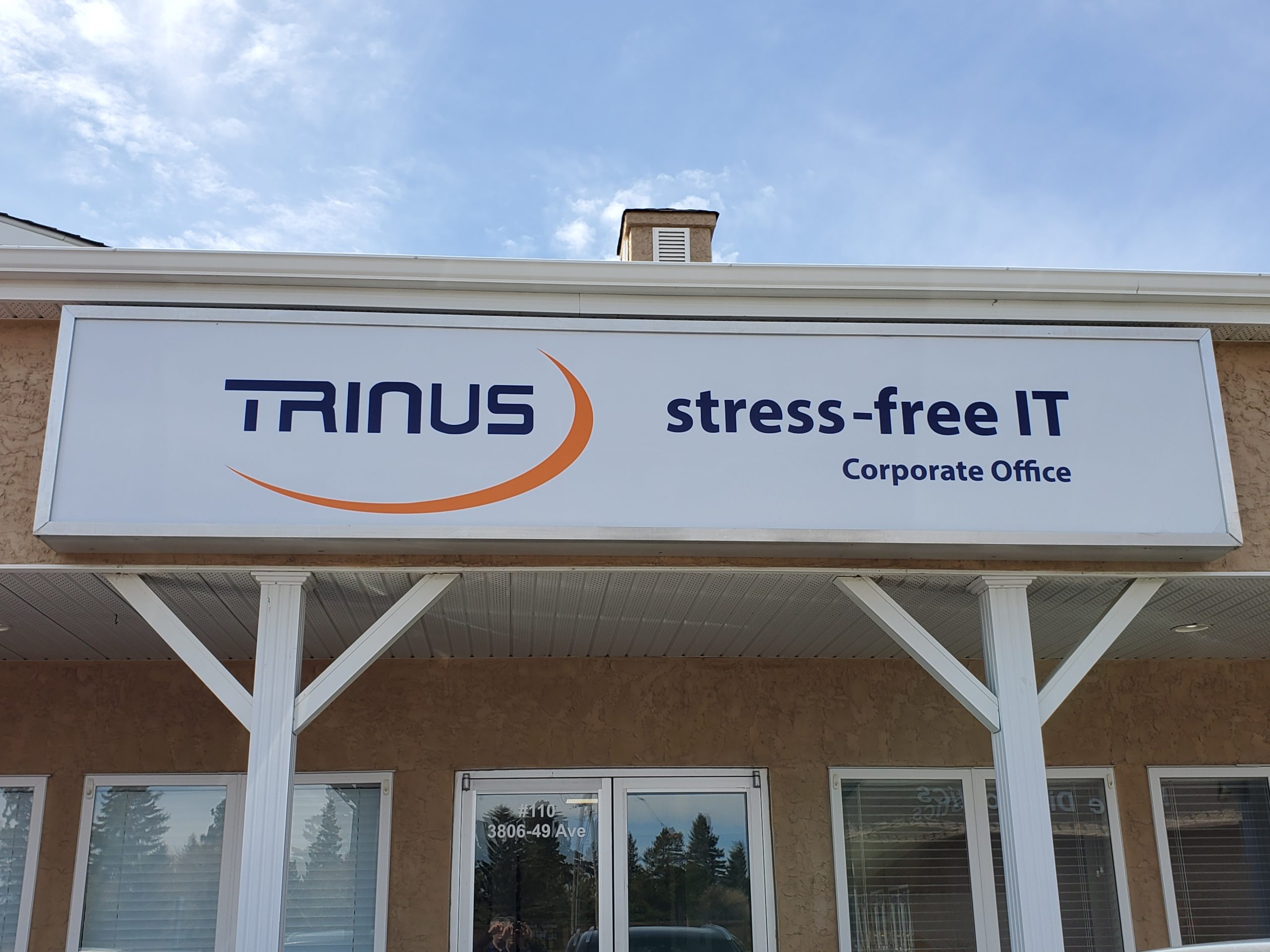
TRINUS Services and COVID-19 – Ongoing Support During These Difficult Times
To Our Valued Clients:
TRINUS is aware of the ongoing and escalating concern over the COVID-19 virus and the measures being taken to contain its spread. We recognize that our Clients will continue to need IT Support Services, and in some cases, additional IT capabilities. I want to make you aware of our stance on this important issue and how we intend to help you.
TRINUS Services and Support
TRINUS will maintain all Client Services during the uncertain times surrounding the COVID-19 outbreak. We will be governed by – and take direction from – federal, provincial and local regulations, best practices, and recommendations. More specifically:
HelpDesk and Network Operations: All HelpDesk and Network Support functions will continue uninterrupted, including all proactive monitoring and update services for servers, networks and workstations. No changes to HelpDesk access procedures or operation hours.
Onsite Service and Projects: When a technician is required to be onsite, be it for regular scheduled service, or as part of a project deployment, we will be implementing some enhanced protocols:
Twenty-four hours in advance of an onsite visit, Nigel – our Project Manager – will contact each client, to receive assurance that no client employee exhibits COVID-19 symptoms or has been diagnosed with COVID-19. If there’s evidence of an infection, the onsite visit will be cancelled and re-scheduled at a convenient time; otherwise the onsite work will proceed as originally planned.
While onsite, technicians will practice enhanced sanitation procedures, that include wiping computer equipment to be serviced with disinfectant wipes before and after service, practicing enhanced personal hygiene (hand washing), and wearing protective gloves when appropriate. They will also minimize contact with client staff and representatives. This will not impact the quality or thoroughness of the technical work being performed.
Account Managers: Will suspend all non-essential onsite visits but happy to meet with you by phone, video conferencing, or Email.
Remote Access for your Staff
By now, most of you have considered having staff work remotely, to reduce the risk of a COVID-19 infection in your organization. While the technology exists and – for the most part – operates very well, there are some considerations that should be addressed, to increase the user experience and enhance Security. There are two primary methods of implementing Remote Computing:
VPN (Virtual Private Network) – Whereby a remote computer establishes a secure link to an office/corporate server and a user accesses files directly. Essentially, the VPN connection acts as a “secure network cable” between a remote user’s location and the office server(s.)
RDS (Remote Desktop Services) – Whereby a remote computer is used to access a special server in the corporate office and a virtual user desktop is implemented on the server and controlled using the keyboard, mouse and monitor of the remote computer. No data or processing resides on the remote computer.
Both methods will use an SSL connection, which encrypts the connection to improve Security; much like online banking. Two-factor Authentication is also recommended to enhance Security but requires additional set-up and licensing.
VPN connections are only recommended when users access common office documents and Email – and ONLY use corporate equipment (desktop or laptop taken offsite.) Users should be prepared for performance that varies widely and is dependent on the Internet speed and capacity of the remote location. VPN, especially for many users, should be considered a temporary measure.
RDS is recommended for users accessing special applications, such as databases and accounting software, as well as standard office files and Email. RDS performance is more consistent, even with poor Internet connections. Home equipment can generally be used to safely access an RDS server. However, RDS does requires a special server and licensing in the corporate/office habitat.
Neither remote computing methods are suitable for graphic-intensive applications, such as GIS or graphic/video design.
Overall, remote computing will place additional load on the office Internet connection, which could negatively impact performance for remote AND in-office users.
Which environment – or combination of environments – is suitable for your organization and users, depends on individual circumstances and it is best to contact your TRINUS Account Manager, for specific recommendations.
Please feel free to reach out to me or your Account Manager, should you have any questions. We look forward to serving you during these difficult times and into a better future.
Sincerely,
Dave White
Director of Account Management and Marketing
TRINUS
stress-free IT

















